The Article
Icon Audio HP8 Mk.II headphone amplifier, the new sonic iconic edition
13th July 2016
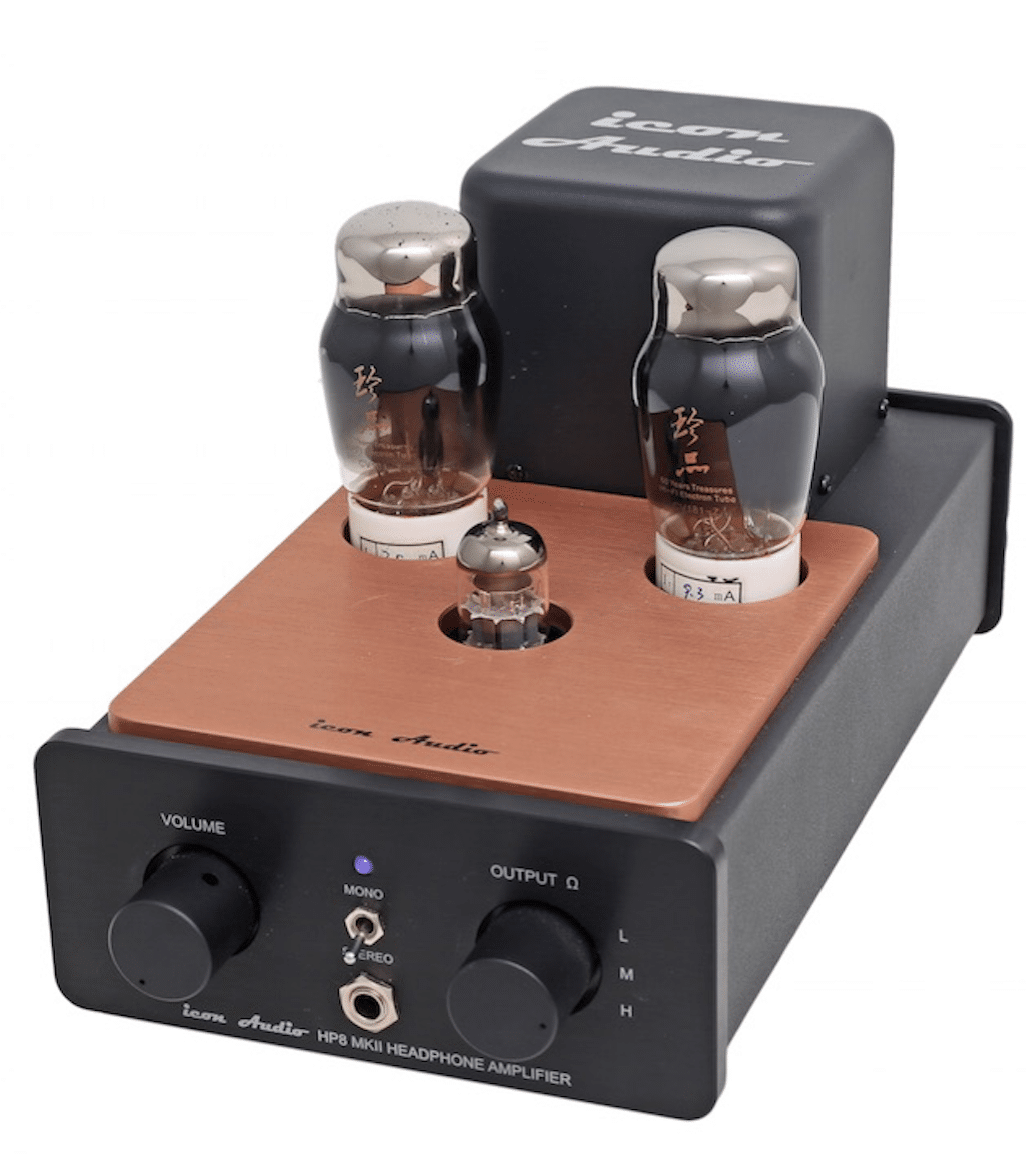
Leicester-based Icon Audio has updated and improved upon its original, valve-based, headphone amplifier. Paul Rigby reviews the enhanced HP8 Mk.II.
Icon Audio’s HP8 Mk.II has been a longstanding favourite for those looking for a suitable headphone amplifier. The great news is that this successful design has now been upgraded. Utilising the same 12AX7 and 6SN7 valves (despite the deceptively different glass casing shape), the chassis has been enlarged (excluding buttons and sockets) to 160 x 275 x 160mm from the original 155 x 255 x140mm while the weight has increased from 5kg to 7kg.
The increase in chassis size provides more room for component layout, helping to lower noise, while half a dozen circuit design improvements also bring potential sonic benefits. The new power supply transformer is also larger with a tweaked design, hence the extra weight. Another reason for that is the slab of copper that sits on top of the chassis adding aesthetic and damping benefits while the rear of the chassis adds a pair of inputs (to form a loop), providing additional connectivity options.
Under £1,000, the HP8 Mk.II is one of the best headphone amps on the market so what better testing reference is there than…itself! To be more specific, the earlier released, original design also confusingly called the HP8 Mk.II (henceforth referred to here as the ‘old’ design: using the coke bottle-shaped valves as a visual indication of the newer, upgraded design).
SOUND QUALITY
I began with the jazz vocal of Dakota Staton and the original issue of her Capitol LP, ‘Round Midnight. The HP8 Mk.II has a high gain and output and I can confirm this as my hard-to-drive Sennheiser HD800s were easily handled by the Icon even at the Medium (M) setting via the Output selector on the front of the chassis.
Sonically, the differences between the new/old HP8 products were evident from the start and the cause was initially down to instrumental separation.
Before Staton launched into her performance, both the strings and clarinets alternated during the introduction. The original HP8 Mk.II presented each instrument as singular entities whereas the new HP8 Mk.II told me that there was, indeed, a group of violins and a group of clarinets present during this sequence. In addition, the playful piano accompaniment exhibited air and space while the occasional harp excerpt provided a rich and full presentation.
As for the vocal? Staton had a clean, calm delivery on the new HP8 with a delightful, subtle reverb. A reduction in noise also benefited the sound. For example, there was a noticeable sibilance during the performance which could only really be properly corrected during mastering yet during the line “Suppertime, I’m feeling sad.” the measure and ferocity of that sibilance was vastly reduced to much more listenable levels.
Playing the 10” disc of Rootmasters’ self-titled 10” EP and the rather bizarrely titled tracks Elephant Puddle and Book of Hours [Autolump], I was struck by the open and airy nature of the synth sweeps while the vocal samples had a new accuracy and improvement in diction as opposed to the slight smearing from the older unit. Bass, although not exactly etched, honed and punchy in that solid state, springy fashion, was still deep and massive in terms of size and weight. There was a distinct gravity to the bass too on this track that acted both as a foundation to the guitars roaming above it but also a driving force behind the rhythm.
I was most impressed by the dynamic extension within the upper midrange frequencies and the treble. This enhanced clarity not only provided added detail but also gave the entire track a breezy sense of freedom. You never felt that the performers were being held back or restricted in any way.
On a more orchestral level, I turned to the original soundtrack of the spaghetti western film, Django by Luis Bacalov from 1966 and the relatively brief mood piece, Town of Silence featuring strings, a portentous piano, a plucked guitar and secondary percussion.
Again the difference in sound quality was immediate and quite stark with the plucked guitar exhibiting a large amount of reverb that appeared to carry on for some time while the sinister piano backing now appeared to be emanating from the deepest of caverns which added to the eerie nature of the presentation of this instrument. Strings offered a more naturalistic flow, a ‘sighing’ effect that almost indicated a feeling of emotional loss.
CONCLUSION
The added mechanical features are useful and welcome but the HP8 really scores in terms of its enhanced sound quality over and above the original design. The lower noise floor increases both clarity and transparency and opens up the entire midband to increase both emotion and tonal realism while giving the soundstage a relaxed air, allowing music to flow in a natural manner.
A Signature Edition of this headphone amplifier, with upgraded output capacitors and valves is also available for an additional £155. I hope to grab this variant soon and put it through some quick sound tests.
ICON AUDIO HP8 MK.II HEADPHONE AMPLIFIER STANDARD EDITION
Price: £699
Tel: 0116 2440593
Web: www.iconaudio.com
To see the specifications, click HERE
Good: low noise, airy midrange, dynamic extension, new inputs, cooler running
Bad: nothing
RATING: 8

SYSTEM USED
Origin Live Sovereign turntable
Origin Live Enterprise 12” arm
Transfiguration Proteus cartridge
Leema Essentials CD player
Icon Audio PS3 phonostage
Aesthetix Calypso pre-amp
Icon Audio HP8 Mk.II (original release)
Vertex AQ & Atlas cabling

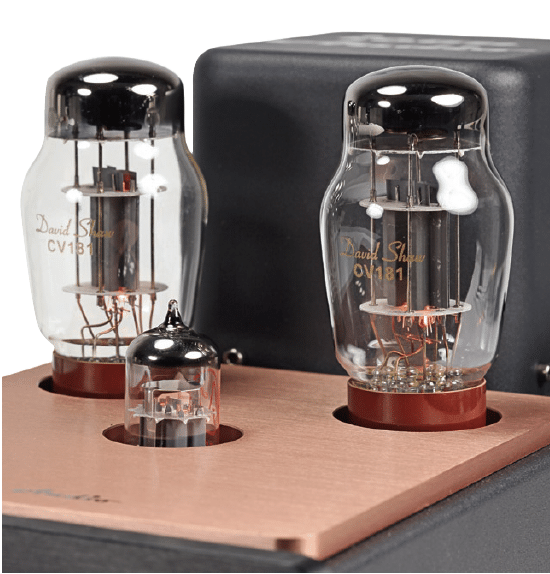
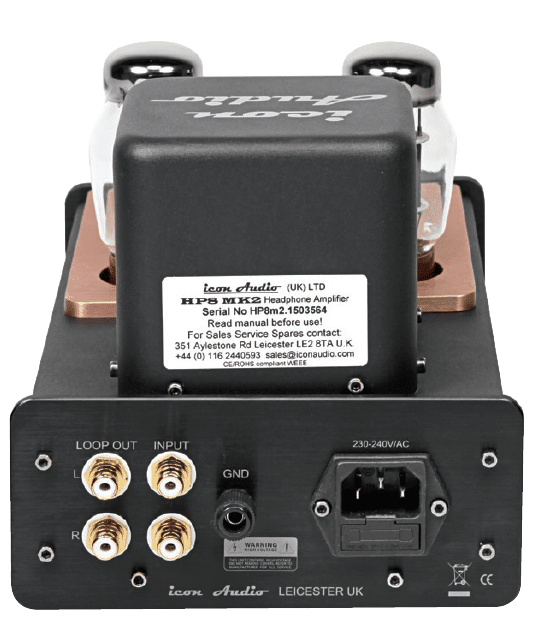
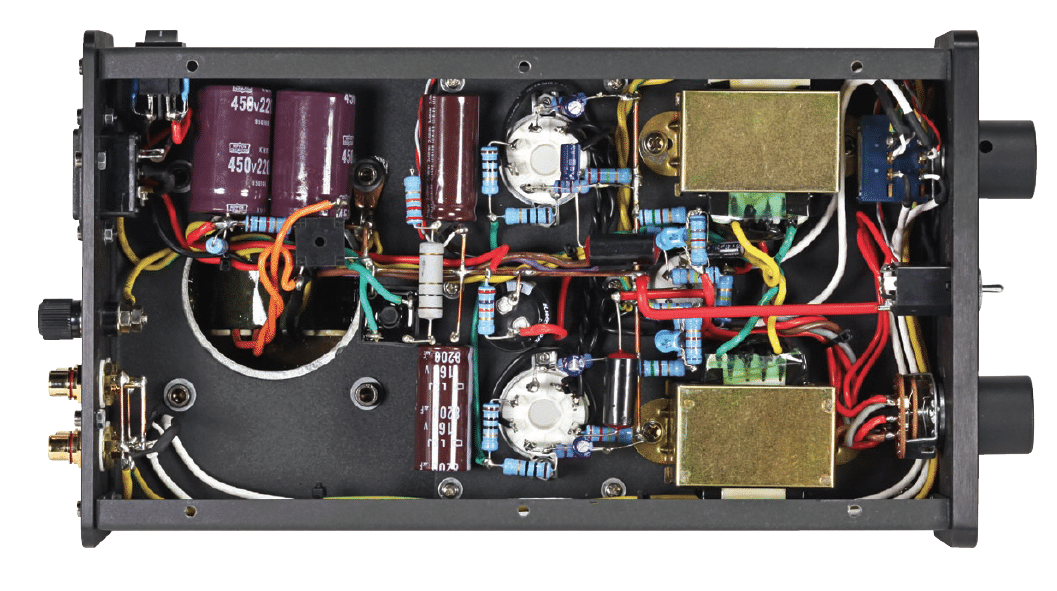
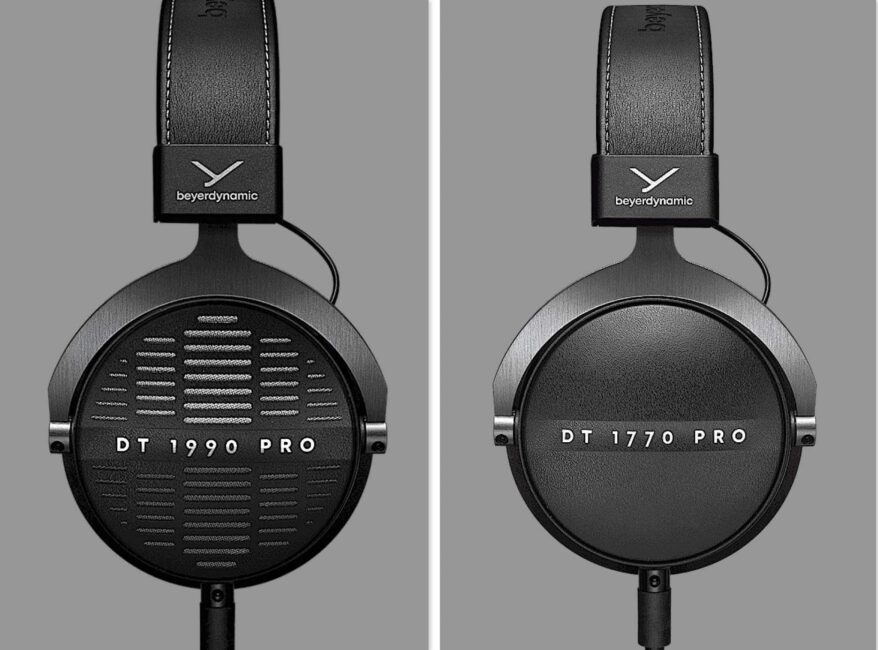

Hi Paul,
How do the ICON AUDIO HP8 MK.II amp works with the HD 650?
I’am intent to buy one.
Regards Frank Spee
Beautifully, Frank. A recommended pairing.
Looking to pick up HP MK2 a couple of months old. Or a Cayin Ha1a MK2. Will my HE500 be a good match up for Icon?
The match should be fine with the Icon, Gary, and I’d go for the Icon in terms of sound quality.